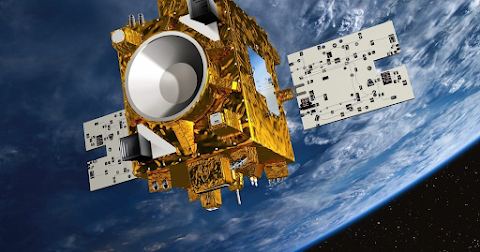Carbon nanotubes may be introduced into photosynthetic bacteria by researchers at École polytechnique fédérale de Lausanne (EPFL), considerably increasing their electrical output. When they divide, they even transmit these nanotubes to their progeny through a process the research team refers to as “inherited nanobionics.”
The main renewable energy source is solar energy, which can be harnessed with solar cells, however making them has a negative impact on the environment. As with many other things, we may learn from nature on how to make our own technology better, and in this case, sunlight-dependent photosynthetic bacteria could be used in microbial fuel cells.
In the latest work, the EPFL team gave these bacteria a boost by adding carbon nanotubes, which are extremely small rolled-up sheets of the notoriously conductive substance graphene. With the same amount of sunlight, the nanotube-loaded bugs may generate up to 15 times more electricity than their non-edited counterparts.
What are the difficulties the team experienced?




